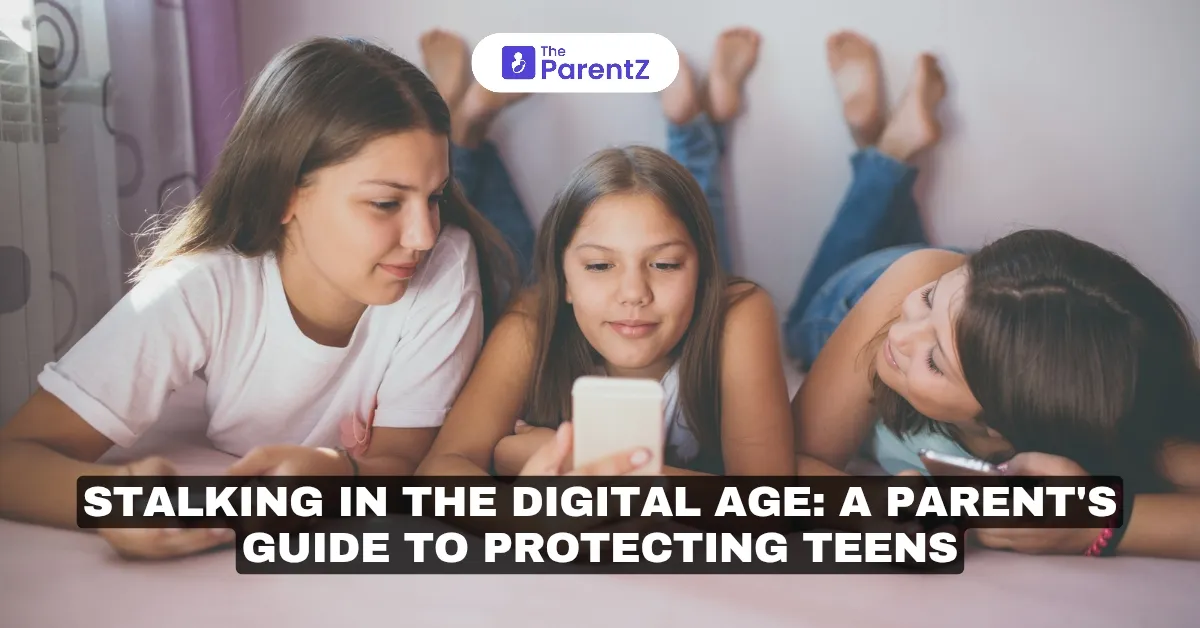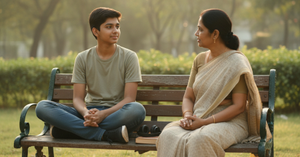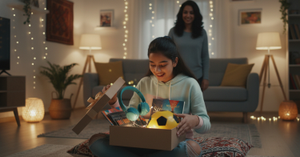Picture this: Your teenager just posted about their favorite coffee shop on Instagram. Within hours, they receive several friend requests and a seemingly innocent message: "Hey! I see you like Coffee Bean, too! Which location do you usually go to?" Or maybe they're excited about their new Snapchat streak with someone they "met" through mutual friends – someone who always seems to know where they are and what they're doing.
As parents, these scenarios might make us uncomfortable, but for many teens, this is their daily reality. The line between friendly social media interaction and potential stalking has become increasingly blurred in our connected world. That perfectly filtered photo of your teen at the mall? It might reveal more than just their shopping habits. That innocent check-in at the school game? It could be painting a detailed picture of their weekly routine.
What is Stalking?
Stalking is more than just someone being overly attentive; it’s a serious issue that involves persistent, unwanted behavior that makes the victim feel scared or threatened. It can take many forms, including:
- In-person stalking: This might involve someone following a teen around school, showing up uninvited at their home, or spreading rumors to isolate them from friends.
- Digital stalking: With the rise of technology, stalkers can now use social media, texts, and other online platforms to harass their victims. This type of stalking can be particularly insidious because it often feels less tangible but can be just as frightening.
For teens, recognizing these behaviors is crucial. It’s easy to dismiss them as harmless or even flattering but understanding the reality of stalking is the first step in staying safe.
When "Being Friendly" Crosses the Line
The truth is that stalking has evolved far beyond the stereotypical stranger hiding in the bushes. Today's stalkers might never set foot in your neighborhood – instead, they're lurking behind screens, gathering information through likes, comments, and seemingly innocent online interactions. While your teen might think they're just being social, they could be unknowingly providing a digital roadmap of their life to someone with harmful intentions.
Let's imagine a scenario where a 16-year-old girl started getting likes on all her Instagram posts from someone she vaguely knew from school. At first, it seemed flattering – who doesn't like attention? But then this person started showing up at her favorite study spots, the local bubble tea shop she'd posted about, and even her weekend volleyball games. What the girl didn't realize was that her social media posts were creating a detailed map of her daily life.
The Old School Tactics That Haven't Gone Away
Think stalking is all digital now? Think again. Many stalkers still use traditional methods, often combined with digital tactics. Traditional stalking still includes:
- That "random" person who keeps bumping into your teen at different places
- Unexpected gifts appearing in places only someone watching would know about
- Missing items from backpacks or lockers that show up later in strange places
- The same car consistently parked near school or hangout spots
The Digital Twist: Modern Stalking Methods
Today's stalkers are tech-savvy and creative. Imagine Jason. He couldn't figure out how his ex kept knowing his location even after he blocked them on everything. It turns out that a tracking app was hidden on his phone during their relationship. Or perhaps Emma, who kept getting friend requests from "mutual friends" that turned out to be fake profiles created by someone trying to monitor her activities.
Modern methods include:
- Fake social media accounts pretending to be peers
- Hidden tracking apps on phones or devices
- "Coincidentally" showing up at locations posted on social media
- Using mutual friends to gather information
- Hacking into personal accounts
- Using dating apps to track location
Warning Signs Your Teen Needs to Know
Let's break this down into real situations teens might face:
The Digital Red Flags
Watch out for:
- That follower who likes EVERYTHING within seconds of posting
- Messages that show they know more about your routine than they should
- Multiple new accounts reaching out after blocking someone
- Finding your photos on accounts you don't know
- Friends mentioning someone asking lots of questions about you
The Physical Warning Signs
Red flags include:
- Seeing the same unfamiliar face in different places
- Finding unexpected gifts or notes
- Getting that gut feeling of being watched
- Missing personal items that reappear later
- Damage to belongings or property
Staying Safe: What Actually Works
Digital Safety That Won't Ruin Your Social Life
Let's be real – we're not asking teens to go off the grid. Instead, try these practical steps:
For Social Media:
- Keep profiles private but still social
- Create close friends lists for personal posts
- Use location sharing only with trusted family/friends
- Post about events after they happen, not during
- Check those tagged photos before they go live
For Devices:
- Regular password updates (yes, even if it's annoying)
- Two-factor authentication on everything important
- Regular checks for unknown apps or tracking software
- Location services off for non-essential apps
Real-World Safety That Makes Sense
Being aware doesn't mean being paranoid. Simple habits can make a big difference:
- Walking with friends when possible (strength in numbers!)
- Mixing up daily routines occasionally
- Keeping location sharing on with trusted family
- Having a code word with friends/family for uncomfortable situations
- Knowing which stores/places along regular routes are safe spaces
When It Gets Real: What to Do If It Happens
First, don't panic. Here's your game plan:
Document Everything
- Screenshots (even if they seem minor)
- Photos of any physical evidence
- Notes about in-person encounters
- Save everything in multiple places
Tell Someone
- A parent or trusted adult
- School counselor or teacher
- Police (especially for physical stalking)
- Friends who can help watch out for you
Take Action
- Block on all platforms
- Change all passwords
- Check devices for tracking apps
- Consider a restraining order if necessary
The Conversation Starter Kit
Parents, here's how to talk about this without causing eye rolls:
- Start with real stories they can relate to
- Listen more than you lecture
- Share your own experiences with online safety
- Make it a conversation, not a confrontation
- Keep the door open for future discussions
For a broader perspective on modern safety conversations with children, check out our comprehensive article "Beyond 'Don't Talk to Strangers': Teaching Kids Safety in the Modern World."
Creating a Safety Net
Work together to:
- Set up emergency contacts
- Create code words for dangerous situations
- Plan escape routes from common places
- Pack an emergency bag (just in case)
- Know who to call and when
Conclusion
Navigating the complexities of stalking in today’s digital world requires vigilance from both parents and teens. Remember, the goal isn't to make teens live in fear or give up their social lives. It's about being smart, staying aware, and knowing how to handle scary situations if they come up. The digital world is here to stay – let's make sure our teens know how to navigate it safely.
Most importantly, keep talking. Keep listening. And always, always trust those gut feelings when something doesn't seem right.








Be the first one to comment on this story.